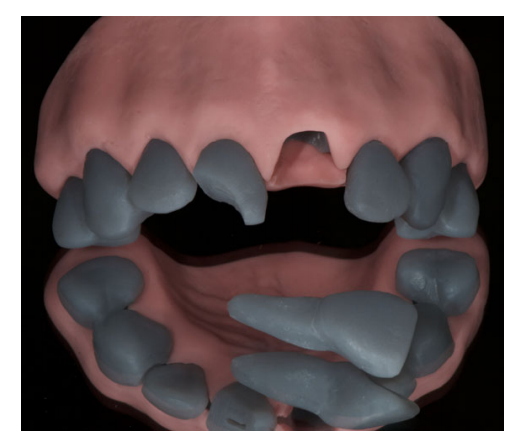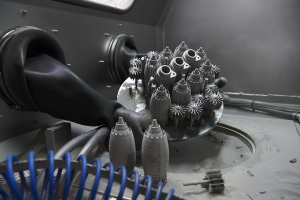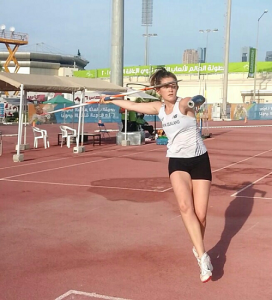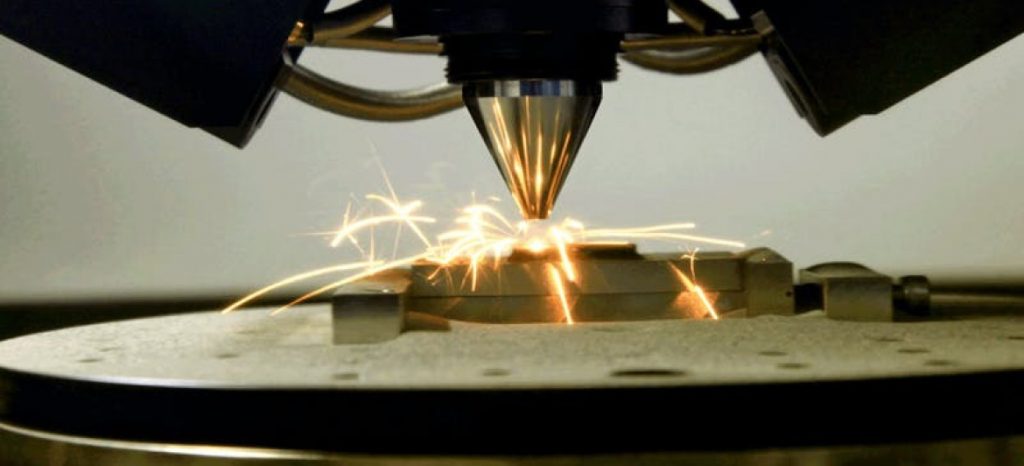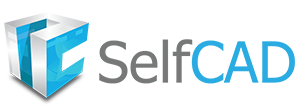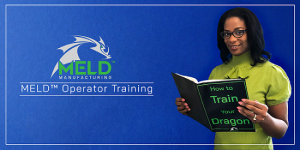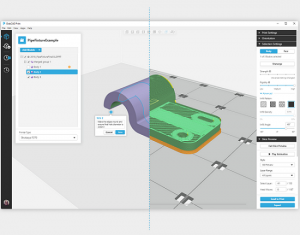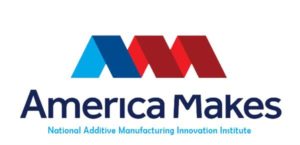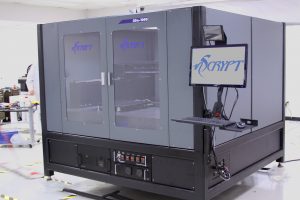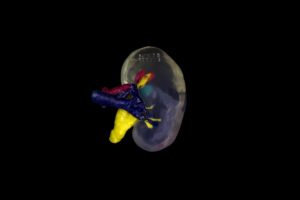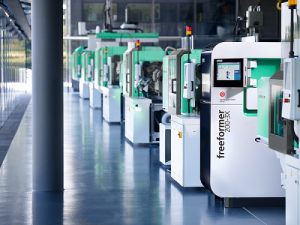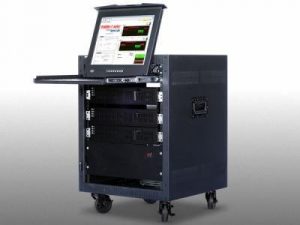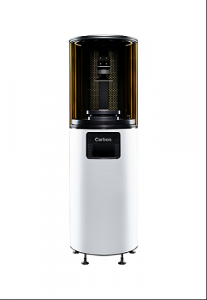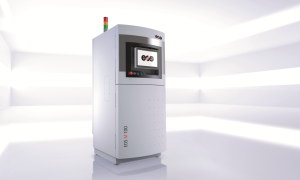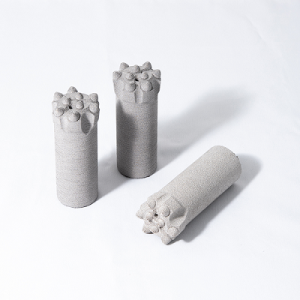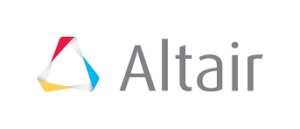The Additive Manufacturing industry boasts a wide variety of jobs and career paths, making it a popular industry to work in – both for new graduates looking for their first job, or professionals looking to make a career shift.
Starting a new career can be challenging, and in a technical industry like additive manufacturing, finding a job with little professional experience can seem daunting.
Additive Manufacturing recruitment experts Alexander Daniels Global give their advice on how to get a job with little experience.
1. Be proactive
Somebody who is passionate about AM and looking to make their first step into the industry, has to be proactive in their self-learning. This means undertaking basic training in additive manufacturing to build some depth in your knowledge. Over the past years, the availability of AM specific courses and other learning opportunities has risen significantly, with universities, certification bodies and consultant services offering free webinars, studies and papers to build knowledge.
Some examples of the freely available learning content are from Markforged, Stratasys, Formlabs, Bigrep, LinkedIn Learning, Materialise, 3D Systems, and 3D Hubs.
Being proactive about your self-learning not only provides you more knowledge about additive manufacturing, but it shows your potential employer that you are truly passionate about the industry, and willing to put in the work.
2. Identify opportunities for practical experience
With some basic knowledge and understanding of additive manufacturing, the next step is to gain practical, hands-on experience. This is an aspect highly valued and sought-after by employers. Hands-on experience with machines, materials, processes and so on, can either be obtained through internships in AM organisations, or through paid courses with AM organisations or facilities.
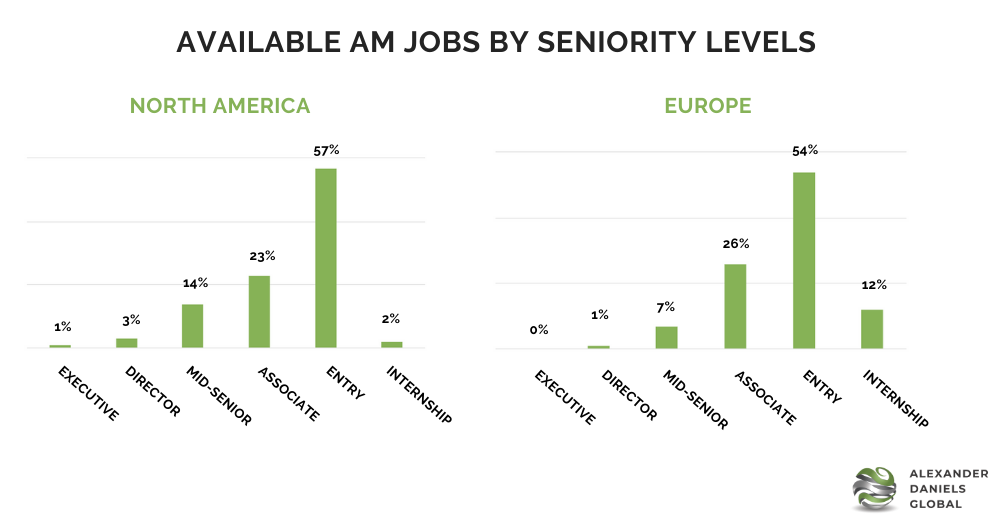
According to Alexander Daniels Global’s Additive Manufacturing Talent Market Whitepaper, an increasing number of AM companies are offering internships – especially in Europe, where 12% of the advertised AM related jobs are internships. This recent development is largely powered by the recognized talent shortage in the AM industry; companies are struggling to find talented professionals with prior experience in AM, and a way to get these rare professionals is by training them yourself. Likewise, the increasing collaborations between universities and AM end-users has also resulted in more internships and junior roles being created, as companies are hiring graduates straight out of university.
Large AM OEM’s like HP, GE Additive and Stratasys often hire interns or graduates into graduate rotation programs. The internships can be freely viewed and applied for on their career portals.
Depending on the path that you are looking to follow with your career, there can be certain requirements to the internships. For example, engineering internships will often require a degree in engineering with some exposure to AM within that degree. Vice versa, there will be internship or entry-level jobs like Junior Inside Sales, that typically do not require AM experience, as it is inherent that you learn on the job.
3. Targeted job hunt
Rejections on job applications are demotivating, but they are often a result of untargeted and scatter-gun type job applications; being successful in your job application requires careful consideration and a targeted approach.
The best thing to do is to ask yourself “What skills and experience do I have, that are transferrable and applicable to the type of job I want?”, and then specifically target the opportunities and organisations that exist with a tailored CV and cover letter.
The cover letter should outline why you are interested in the job, where your passion comes from, and which transferrable skills you believe you can bring. By doing this, the employer can see that even though you may not have AM experience, you have the passion, the basic knowledge and you have been proactive about your self-learning.
Another way of targeting specific companies is to utilise networks. For example, try to utilise LinkedIn to connect with key people in the industry and approach the organisations directly; this shows that you can be proactive in trying to create an opportunity for yourself. Keep in mind, however, that you cannot simply message them saying “Hello, I need a job. Please help”. It is your responsibility to get them intrigued in your profile and show them what you can bring to the company.
Transferrable skills
Transferrable skills are experience and skills you may have obtained in other industries or jobs, that are applicable in additive manufacturing as well.
According to Alexander Daniels Global, there are two central soft skills that AM companies look for in a person, regardless of whether the job is in engineering, sales, marketing, etc.
“The two competencies that stand out as being central to all AM roles, regardless of discipline, is passion and creativity”, says Nick Pearce, Director and Founder of Alexander Daniels Global.
“The industry is built on passionate people and it is an aspect employers value greatly. With regards to creativity, many of the future opportunities that exist in additive manufacturing are driven by people with creative minds and their ability to think differently about how and where the technology can be applied”, Nick continues.
Technical transferrable skills depend on the job discipline. For engineering related roles, any experience in either one of application-, process- or quality engineering, would be considered easily transferrable to additive manufacturing, with some training and a lot of passion.
There is never one solution to finding a job, but to sum it all up, passion, creativity and proactivity are your best starting points to finding a job in additive manufacturing.
By Signe Damgaard Jensen
The post How to find a job in additive manufacturing with little experience appeared first on 3DPrint.com | The Voice of 3D Printing / Additive Manufacturing.







